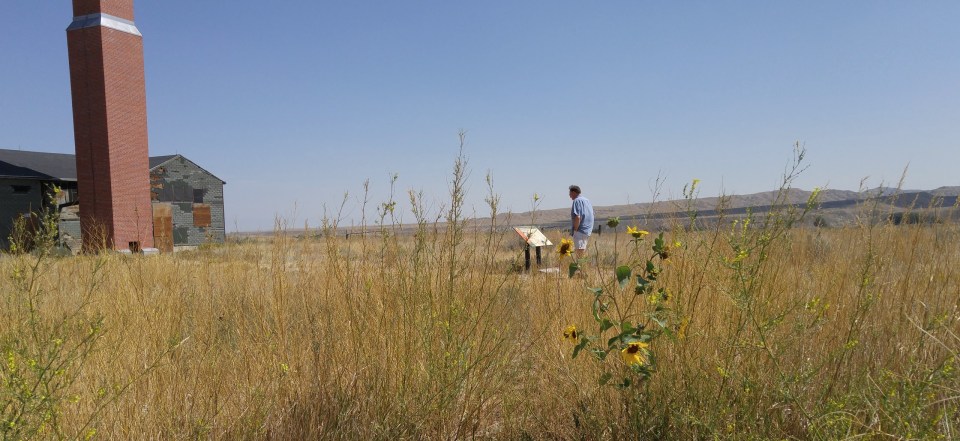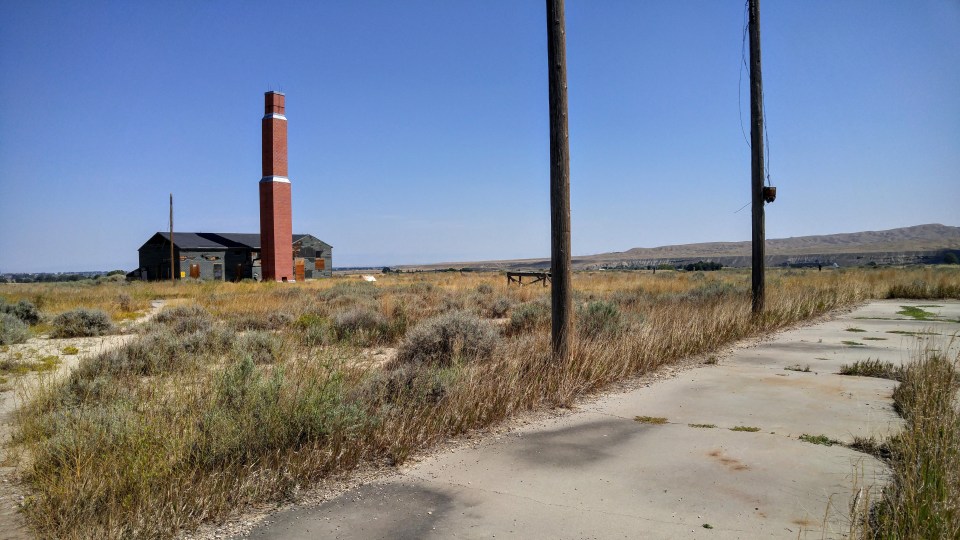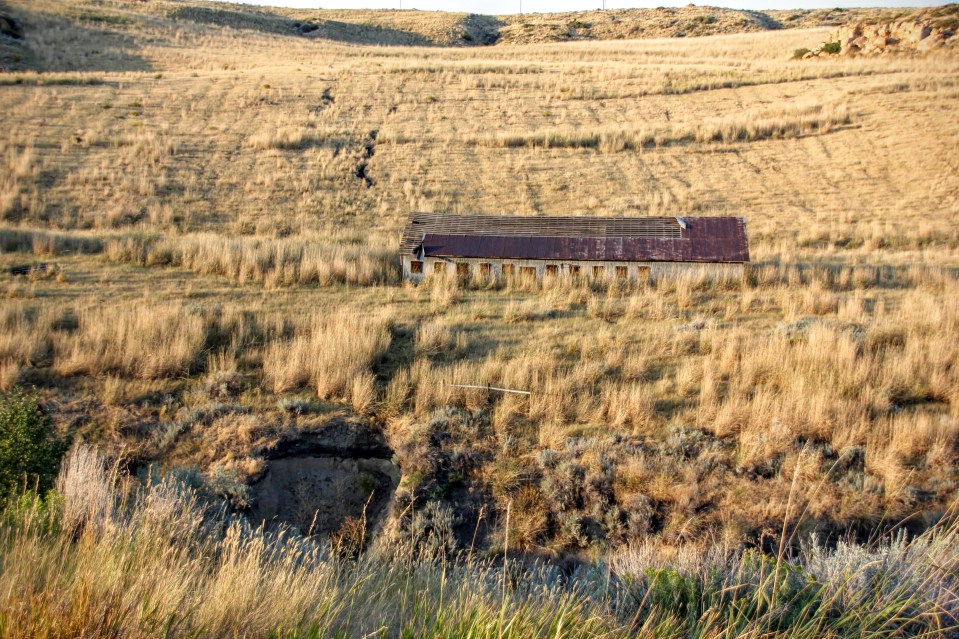Heart Mountain Relocation Center
Heart Mountain Relocation Center
During WWII, more than 10,000 West Coast Japanese immigrants and Japanese Americans were forced to leave their homes and incarcerated in internment camps.
When we discovered that Wyoming’s Heart Mountain was near where we were staying in Cody last month, we decided to spend an afternoon at the Heart Mountain Interpretive Center. It was a somber, chilling and emotional place, but also an eye-opening, educational and poignant memorial to those Japanese Americans whose lives were torn apart, who were detained here, worked here, went to school here, gave birth here, left to serve in the U.S. Armed services, either by choice or draft, and died here from Aug. 12, 1942 to Nov. 10, 1945, two months after the end of the war.
————————————————————————————
In the Pacific Northwest, existing hostility against Japanese people increased after Japan attacked Pearl Harbor on Dec. 7, 1941. The government declared that immigrant Japanese — issei — were “enemy aliens” and many issei men were detained by the FBI. On Feb. 19, 1942, President Franklin D. Roosevelt issued Executive Order 9066, authorizing the army to remove issei and American-born Japanese, who were citizens — nisei — from the West Coast.
The order devastated the Japanese community. People were forced to sell their property at below-value prices and to abandon their businesses. The army first took internees to assembly centers with primitive facilities, where they lived for months before being transported to permanent camps. Life at the Heart Mountain Relocation Center was harsh. The barracks were roughly-built and poorly-insulated, and the landscape was barren.
In August of 2011, the Heart Mountain Wyoming Foundation opened its doors to the Heart Mountain Interpretive Center, a world-class museum dedicated to passing on the Heart Mountain story to future generations. Through photographs, artifacts, oral histories and the interactive exhibits, guests to the Center experience life at Heart Mountain through the eyes of those Japanese and Japanese Americans that were confined here during WWII. The Center provides an overview of the wartime relocation of Japanese Americans, including the background history of anti-Asian prejudice in America and the factors leading to their enforced relocation and confinement. Special emphasis is given to the experience of incarceration, the diverse personal responses of Japanese Americans to their imprisonment, constitutional issues, violations of civil liberties and civil rights, and the broader issues of race and social justice in the U.S.
-Above Info from sources below
The Oregon History Project http://www.ohs.org
Heart Mountain Interpretive Center http://www.heartmountain.org/visit.html
and Wyoming History http://www.wyohistory.org/encyclopedia/brief-history-heart-mountain-relocation-center
and http://www.javadc.org/heart_mountain_relocation_center.htm
-photos by me







That’s some crazy ASS SHIT!!
LikeLike
Sad history, for sure.
And history that needs to be remembered, lest we forget the lessons.
LikeLike
I’ve always thought the internment of Japanese Americans during World War II was one of the worst things the U.S. has ever done. It just seems to me that it was the kind of thing we were supposed to fighting against.
LikeLike
Agreed, Terence Towles Canote. Definitely a dark and ugly scar in American history. Fueled by fear and mass hysteria.
LikeLike
A very sad chapter in American history BobbieZen We had Camp Amache in Colorado & I remember how incensed I was when first learning of this as a young boy.
We have a large population of Japanese descendants in Denver & I have got to know several who grew up in the camp’s. Today as the older generation dies off they are very upset that the younger generation does not want to keep the history of the relocation camp’s alive.
LikeLike
We read quite a bit about that J Thomas Horton. It seems their culture just simply wanted to forget …but after visiting this particular Museum and reading the letters of the survivors and the next generations, many are grateful for the recognition that this place is attempting to now honor.
LikeLike